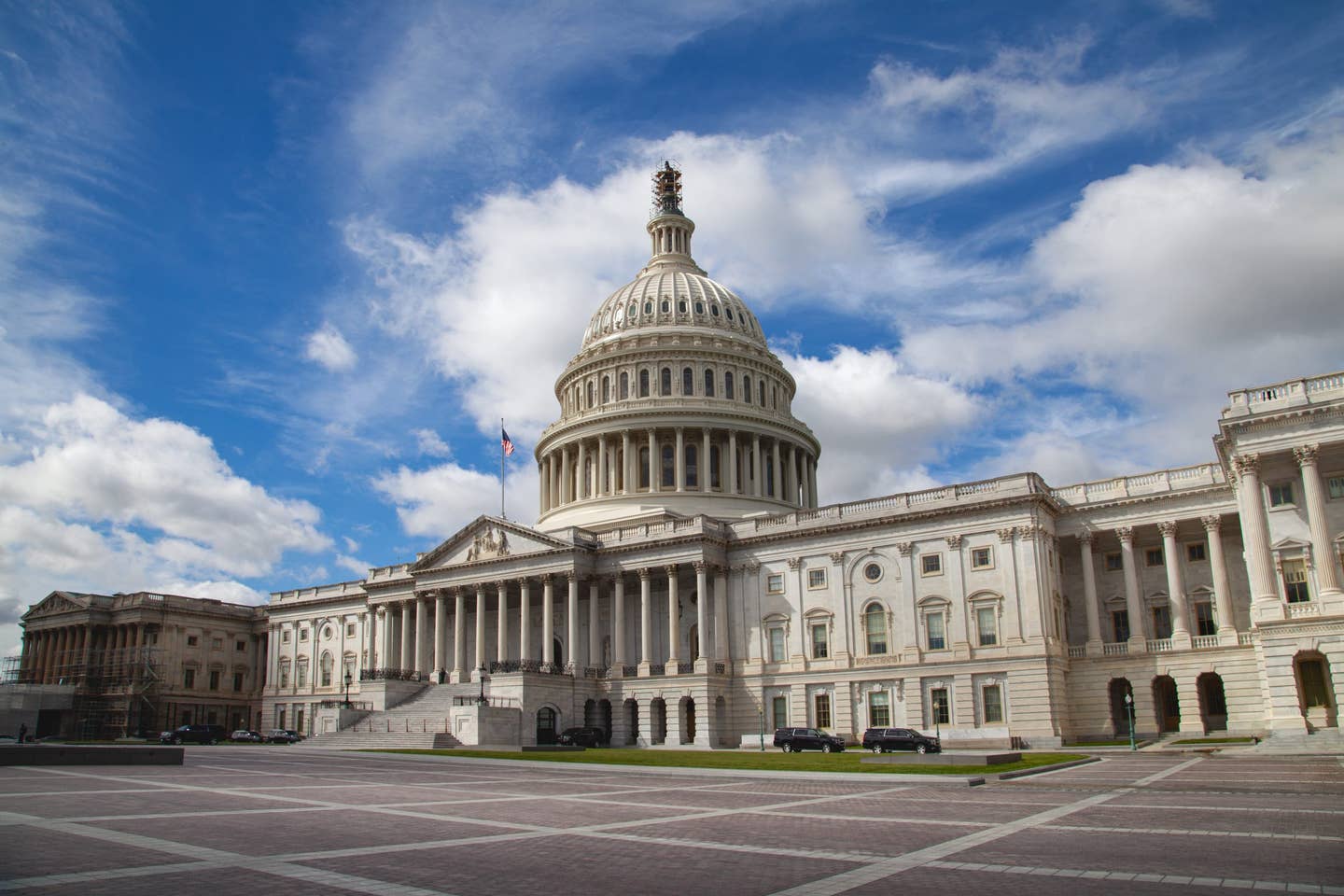
The bill was passed by the House of Representatives, 383-41. Adobe Stock
The U.S. House of Representatives has overwhelmingly passed bipartisan legislation aimed at supporting the emerging advanced air mobility (AAM) industry, including electric vertical takeoff and landing aircraft.
The move by Congress is yet another sign that the industry is moving quickly from concept to reality.
Passed Thursday, the bipartisan bill directs the Department of Transportation to establish an AAM interagency working group that will plan and coordinate efforts related to safety, infrastructure, physical security, cybersecurity, and federal investment.
AAM refers to an air transportation system that moves people and cargo between places using new aircraft designs into the existing national airspace system. It includes uncrewed aircraft and drones, as well as air taxis and regional electric aircraft that are all currently being developed by dozens of companies.
Estimates predict that AAM will be a $115 billion market by 2035, creating more than 280,000 high-paying jobs in the U.S. alone.
‘Future of Aviation’
“The Advanced Air Mobility sector is on the verge of transforming the future of aviation with the introduction of electric- and hybrid-powered aircraft into the national airspace system,” said Pete Bunce, president and CEO of the General Aviation Manufacturers Association (GAMA) in a statement. The bill will “ensure that the federal government develops a coordinated approach for promoting this innovative sector of aviation which will facilitate additional transportation options, create jobs and economic activity, advance environmental sustainability and new technologies, and support emergency preparedness and competitiveness.”
Co-sponsor of the bill, Rep. Sharice Davids, D-Kansas, said in a statement that her state is “primed to harness the huge economic and transportation potential of advanced air mobility—but we can’t wait for it to come to us.”
Fellow co-sponsor Rep. Garret Graves, R-Louisiana, said in a statement the bill helps prepare for “new and emerging aviation technology which could positively disrupt existing ways of life. We should be taking the steps now to mitigate and integrate the benefits, instead of waiting for the positive disruption caused by future technology, and ensuring our existing transportation and infrastructure systems have the right preparation,” he said.
What’s in the Bill
The bill, which passed 383-41, authorizes the secretary of transportation to establish an interagency working group composed of leaders from key government agencies to plan for and coordinate efforts for the advancement of the AAM industry.
The working group will be tasked to review and make recommendations for the federal role in the AAM sector, beyond the initial critical stage of aircraft certification and operations. The recommendations will focus on three key items:
- economic and workforce opportunities
- potential physical and digital security risks and mitigations
- infrastructure development
Building aircraft vertiports for charging batteries, passenger boarding, landings, and takeoffs is often cited by experts as one of the most expensive parts of establishing the AAM sector.
In developing these recommendations, the working group will consider the views of various stakeholders including:
- aviation operators and manufacturers
- airports
- labor groups

Sign-up for newsletters & special offers!
Get the latest FLYING stories & special offers delivered directly to your inbox






